As India targets 500 GW of non-fossil fuel capacity by 2030, energy storage would be essential for the optimal utilization of the rapid increase in solar capacity that would need to be created. Storage would also be necessary for reliable supply and grid stability as the share of variable renewable energy goes up sharply from the existing level of around 10%.
A new report by TERI states that pump storage projects (PSPs) are the most attractive option amongst various storage technologies and should therefore be given the highest priority for utility-scale storage. The report reveals renewables-plus-pumped hydro storage produces cheaper power than new thermal power plants. Also, PSPs are cheaper than battery energy storage systems (BESS).
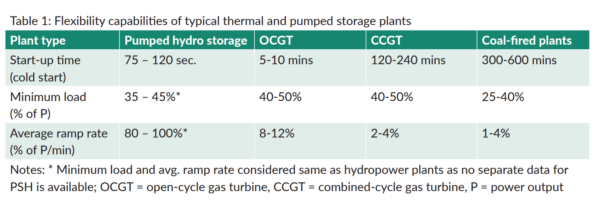
“The tariff discovered for 500 MW/ 3,000 MWh of standalone PSP storage capacity is equivalent to INR 4.80/kWh on the basis of PSP performing a single daily cycle. With two cycles per day, the effective storage charge would be INR 2.40/kWh. The tariff of power to be procured by SECI from a 500 MW/ 1000 MWh standalone BESS is INR 10.84/kWh,” according to the report.
As per CEA, the current potential of ‘on-river pumped storage’ in India is 103 GW. Out of 4.76 GW of installed capacity, 3.36 GW is working in pumping mode. About 44.5 GW including 34 GW off-river pumped storage hydro plants are under various stages of development.
The TERI report states there is already sufficient interest in developers. It highlights the need for bids to be invited and contracts awarded to ensure that storage capacities are created in time to match RE capacity creation. Standard bidding documents may be developed to accelerate the implementation of PSPs.
For on-river PSPs, the maximum percentage of energy loss in pumping operation (or the percentage of input electricity to be supplied on demand after storage through pumping), number of pumping cycles per day, number of hours for which supply will be required on demand may be firmed up. Bids may be invited after assembling land, getting clearance from CEA for the detailed project report, and environmental clearance from the Ministry of Environment, Forest and Climate Change. This would reduce the risk perception of the bidders, resulting in lower price bids.
For on-river PSPs, the report also recommends identification of new reservoir sites for all existing hydro projects, initial thrust by State governments and central PSUs to generate momentum for PSP development, and creation of a revolving fund for project preparation.
For off-river pumped storage plants, the timeline for bidding may be kept as 120 days. This will provide the potential bidders enough time to locate sites and decide the technology and optimal capacity. This will increase competition and result in lower price bids. This will also reduce the time needed for completion of the project after the award of the contract as the site and technical details would have been finalized during the bid process. To ensure greater competition, bidders should be given flexibility in the quoted capacity with the bid parameter remaining the same—capacity charge or tariff for round-the-clock supply.
The report recommends that developers be given full freedom to identify sites and take these up for development after obtaining requisite clearances. Discarded mines including coal mines in different parts of the country could be used as hydro storage and thereby become natural enablers for the development of PSPs. Satellite-/ drone-based survey may be undertaken to locate the sites.
This content is protected by copyright and may not be reused. If you want to cooperate with us and would like to reuse some of our content, please contact: editors@pv-magazine.com.
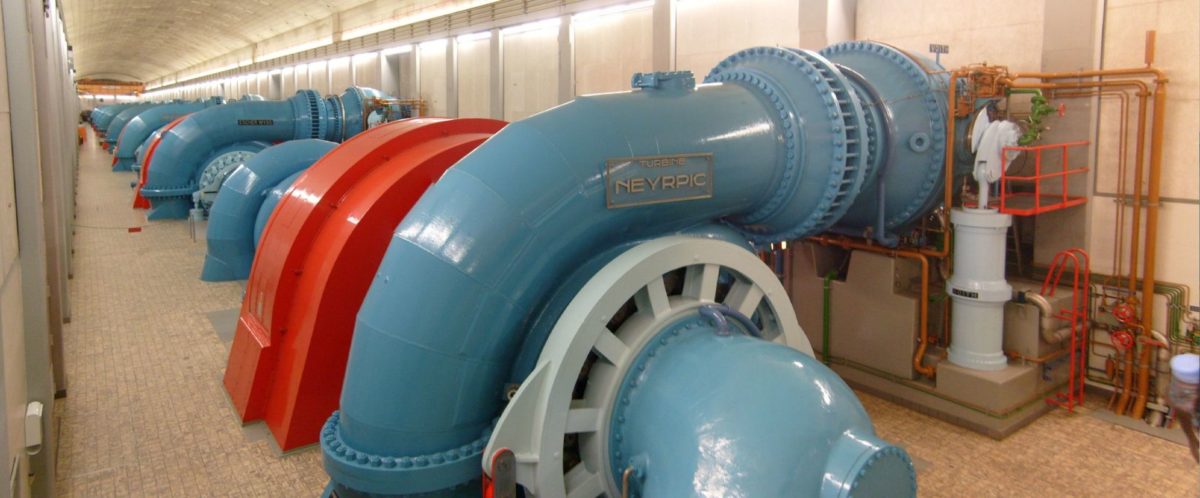
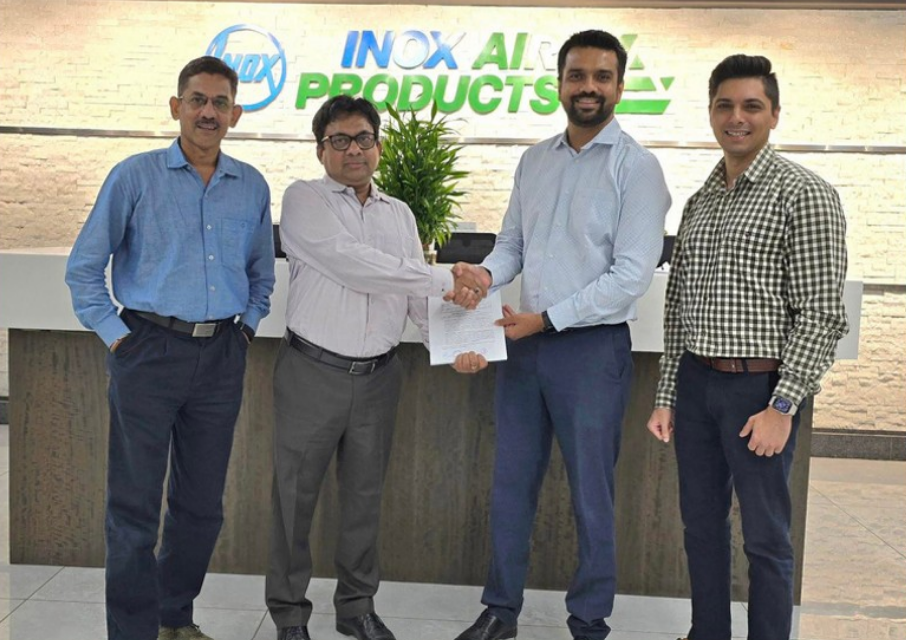


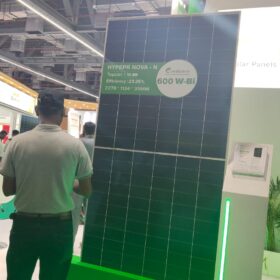
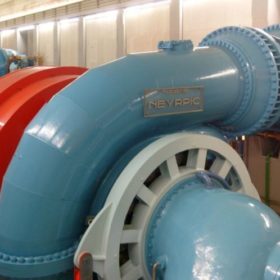
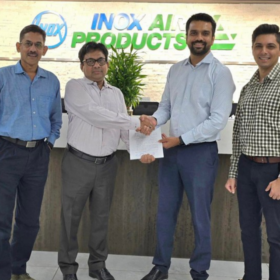

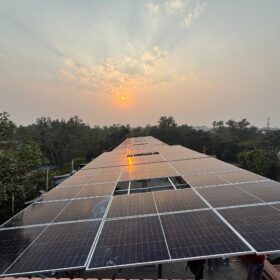
By submitting this form you agree to pv magazine using your data for the purposes of publishing your comment.
Your personal data will only be disclosed or otherwise transmitted to third parties for the purposes of spam filtering or if this is necessary for technical maintenance of the website. Any other transfer to third parties will not take place unless this is justified on the basis of applicable data protection regulations or if pv magazine is legally obliged to do so.
You may revoke this consent at any time with effect for the future, in which case your personal data will be deleted immediately. Otherwise, your data will be deleted if pv magazine has processed your request or the purpose of data storage is fulfilled.
Further information on data privacy can be found in our Data Protection Policy.